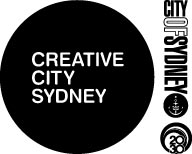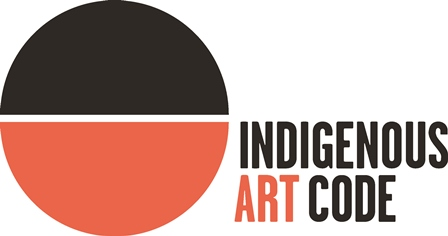From hereon: posthuman, nonhuman, antihuman
Tully Arnot + Josh Harle | Bilbie Virtual Labs | Hayden Fowler | Tristan Jalleh | Georgie Roxby Smith | Maija Tammi | Liam Young
The exhibition From hereon: posthuman, nonhuman, antihuman, premieres works by creatives who share a common concern: how do we negotiate our presence in this contemporary world, and what are the influential technologies that direct the way we move forward? The concepts of posthuman, nonhuman and antihuman are interrelated. They underpin our evolving relationships with technology and nature, as well as perceptions of our individual and collective selves.
Using photography, moving image and imaging technologies as foundations, these creatives have produced innovative music videos, digital simulations and virtual realities to speculate on our existence in the near future. Several works challenge our humancentric position vis-à-vis other earthbound beings. Others disrupt traditional notions of linear time, so closely tied to the biological lifespans of the natural world. Within these reconstructed environs digital existence can bend to cyclical and deep time.
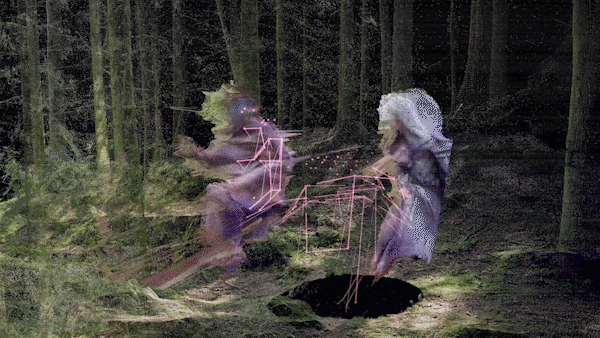
Premiering his latest work, speculative architect and futurist Liam Young considers a counterculture reacting against a government empowered by surveillance technologies.
Collaborating with New York based creatives and using LiDAR scanning, Choreographic camouflage presents dance, fashion and music that encapsulates an emerging underground movement.
Brett Leavy’s Bilbie Virtual Labs presents Barani from its suite of virtual world projects that feature significant geographical sites across Australia. Unconstrained by linear time Barani, which translates as ‘long ago’, Leavy’s team interweaves the land and activities of the Gadigal people pre-colonisation with an urbanised Sydney cityscape.
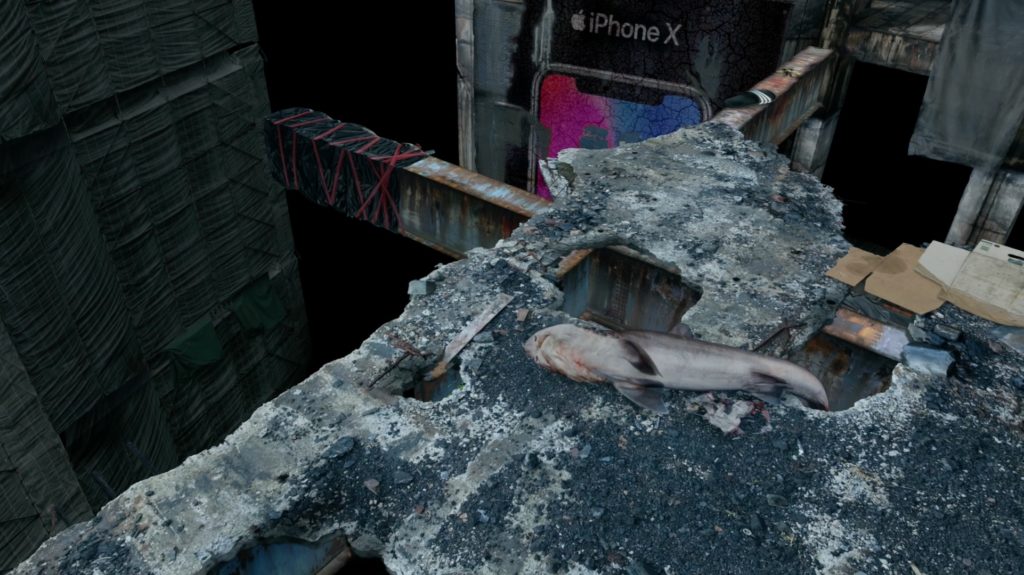
Music video creative Tristan Jalleh constructs his digital-born environs using a range of technologies from a smartphone to drawing with Pixelmator.
Lyrical and hyper-real, the aesthetic Jalleh’s human-less virtual sites emerges from an appreciation for the ‘constant churn of construction and demolition’.
For the last decade, the gender and identity constructs of the alternate reality Second Life have fascinated Georgie Roxby Smith. With a critical yet humorous vision, Roxby Smith presents a posthuman self-portrait against the deconstructed virtual environs of online game performance machinima.
Finnish artist and scientist Maija Tammi explores biographical time, where existence is tied to the human life span. Her most recent works positions various species, including humans, in contrast the immortal freshwater hydra.
Hayden Fowler continues his intimate engagements with the non-human world. Responding to the catastrophic 2019 Australian bushfires, his most recent work explores the desolation of current environmental realities through a dystopian lens of loss.
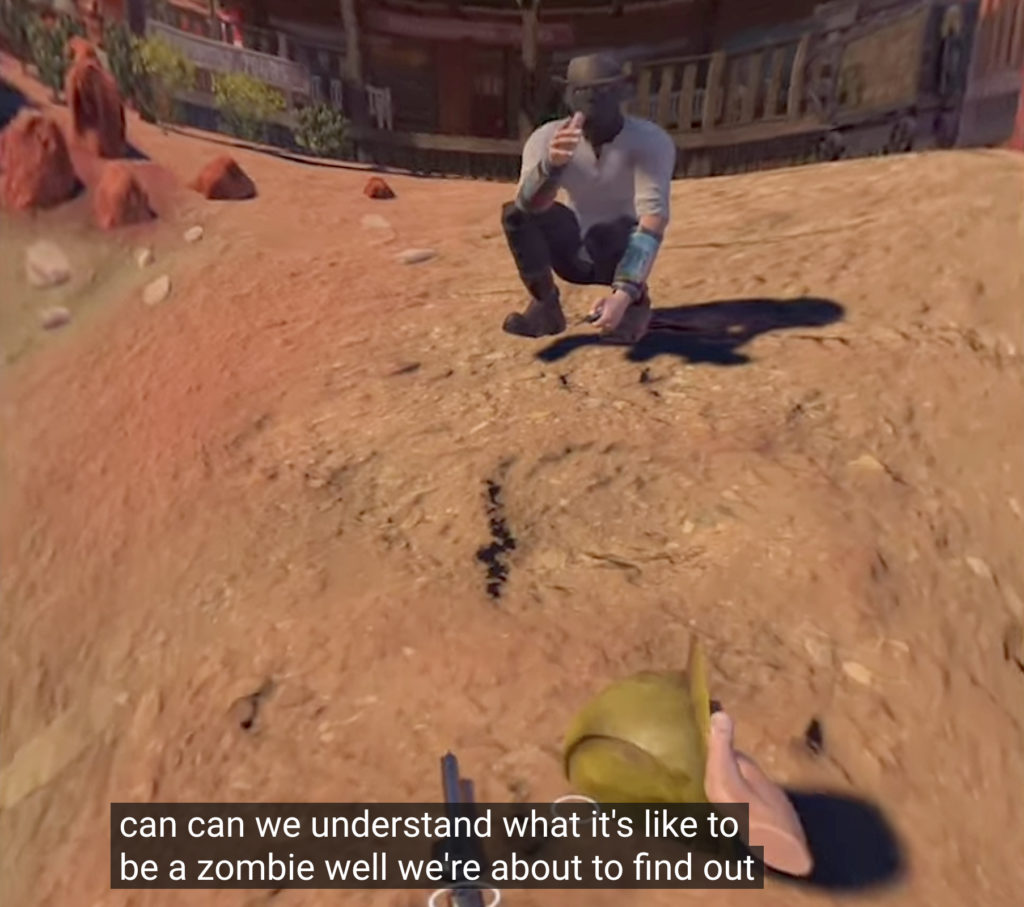
Tully Arnot + Josh Harle will premiere their virtual reality work Posthumous, which investigates nonhuman perception and communication. Viewers can use their personal smartphone with VR headsets or laptop to experience a virtual world that considers our relationship with ecological systems and speculate on posthuman futures.
Virtual realms are potent sites for role-playing and testing contemporary critical thought. One creative speculates on an emergent underground movement that aims to subvert the power of surveillance. Another explores the permeable edges of existence ‘in real life’ and the im/mortality of virtual entities. With each imagined – yet familiar – space, the aesthetic has been meticulously crafted to seduce the viewer so as to transmit new understandings and propose novel perspectives.
Images
Maija Tammi, Example of a non-aging species (Hydra vulgaris), 2017–2020
Liam Young, Still from Choreographic camouflage, 2020
Tristan Jalleh, Still from Nadir, 2019
Tully Arnot + Josh Harle, Still from Posthumous, 2020
All images courtesy and © of the Artists


